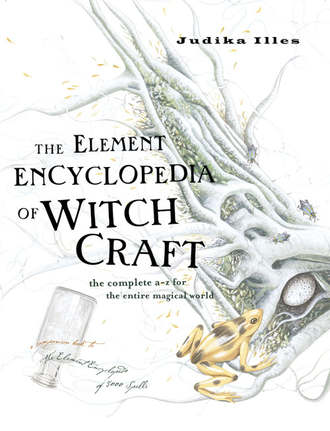The Element Encyclopedia of Witchcraft: The Complete A–Z for the Entire Magical World

Полная версия
The Element Encyclopedia of Witchcraft: The Complete A–Z for the Entire Magical World
Язык: Английский
Год издания: 2018
Добавлена:
Настройки чтения
Размер шрифта
Высота строк
Поля
Конец ознакомительного фрагмента
Купить и скачать всю книгу


